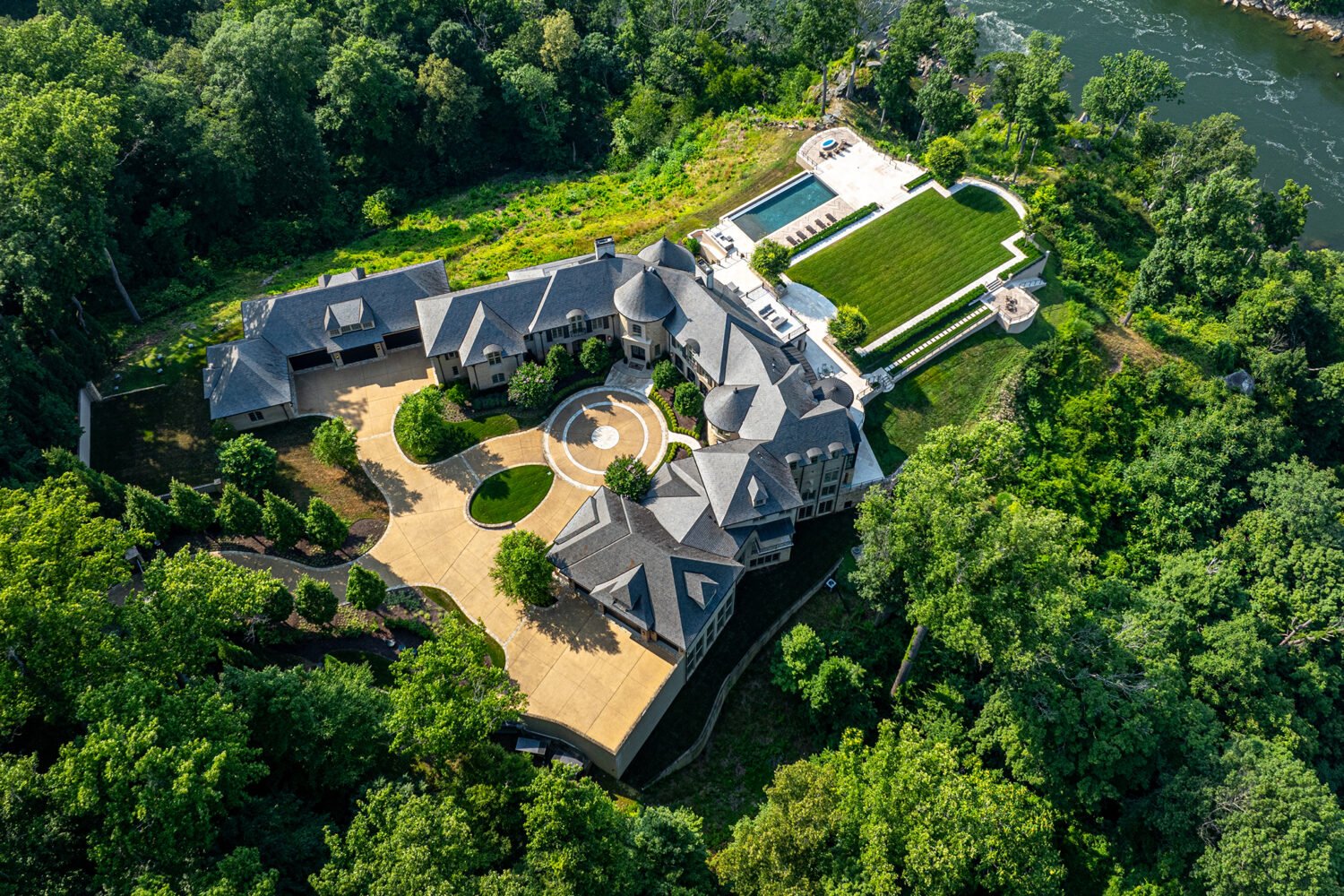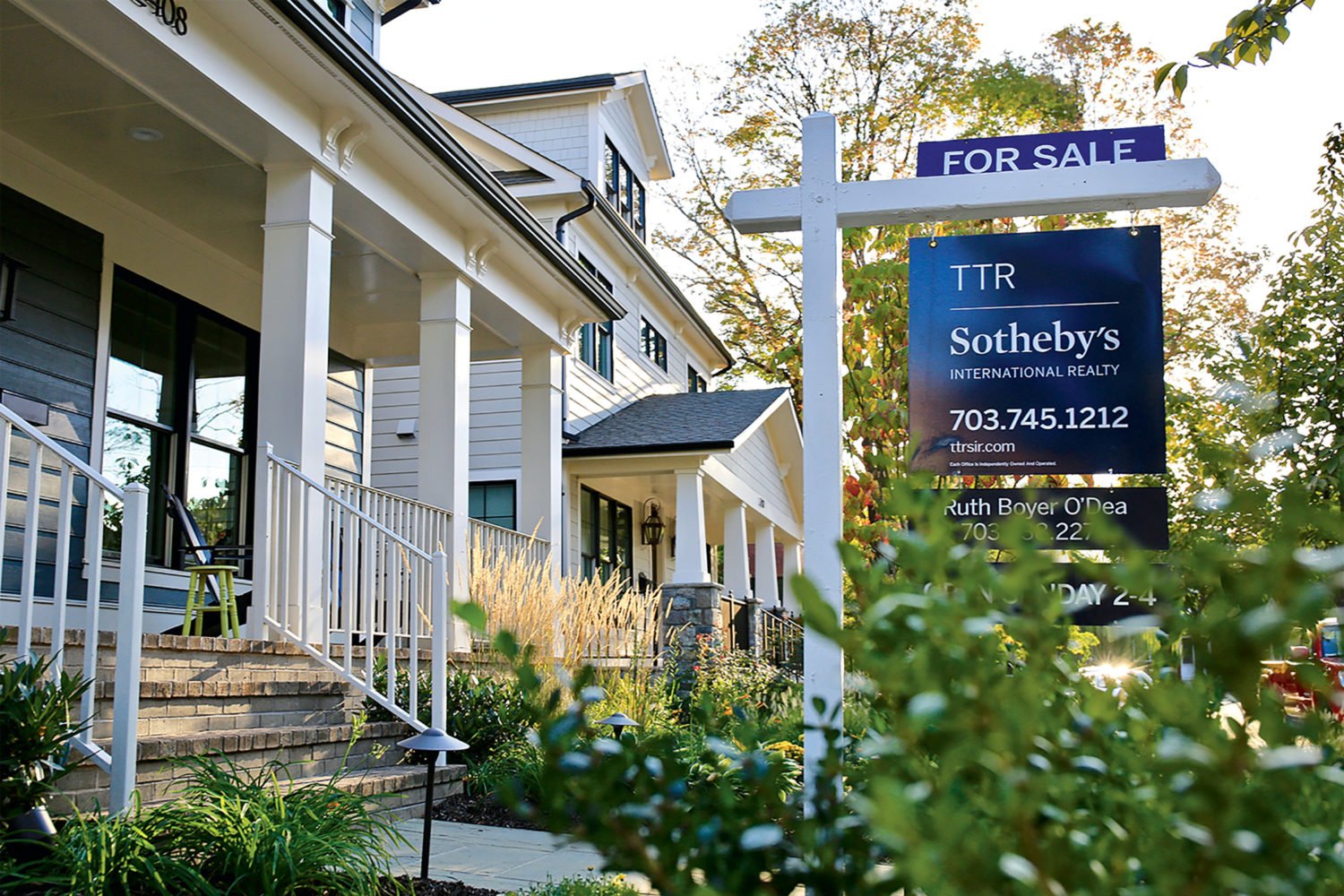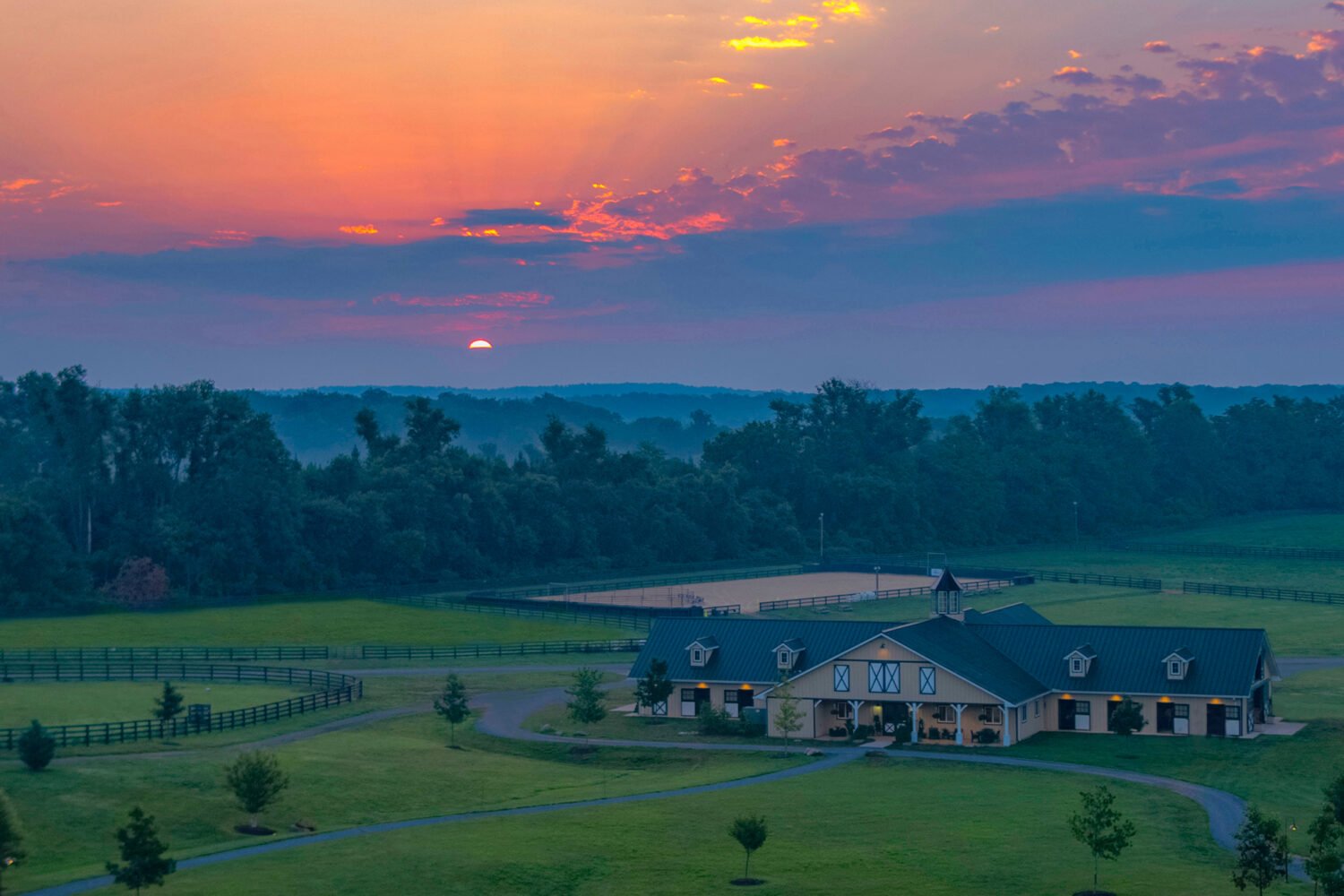Search the Whole Foods website for a store in North Bethesda and you’ll come up empty. It does, however, list a location at 11355 Woodglen Drive in Rockville. When you Google that store, though, you’ll discover it’s part of a high-end, mixed-use development called North Bethesda Market—where its address is listed as 11355 Woodglen Drive, North Bethesda.
This, essentially, is the North Bethesda conundrum. Is it a real place? Or just a label slapped onto the outskirts of Rockville by developers hoping to capture the allure of its ritzier neighbor to the south?
Actually, both.
North Bethesda has been a census-designated place since 1980. By that measure, it’s just as real as Bethesda, which despite its 60,000-plus population and considerable downtown, is itself a census-designated place, not a city. As long as the Zip code is accurate, the postal service will deliver mail addressed to either Rockville or North Bethesda.
The Montgomery County Planning Department defines North Bethesda’s boundaries as I-270 to the west, Rock Creek Park to the east, Montrose Road and Twinbrook Parkway to the north, and I-495 to the south. Which means the Whole Foods is technically within North Bethesda.
However, lots of other nearby census-designated places are hardly ever referred to. When’s the last time you heard about North Kensington, for example? There is, undeniably, an economic reason that the North Bethesda moniker has gained traction.
“When you get into downtown Bethesda, the values are just so crazy—you can spend $1 million on a condo and $2 million or $3 million on a house,” says agent Larry Prigal, who sells homes in both Rockville and Bethesda. “If you can piggyback on that and try to get the same values further out, why not?”
Perception, though, is arguably the most important factor in determining the realness of a place. Ask a Bethesda native where that Whole Foods is located, and he’ll almost certainly tell you Rockville—if he does say North Bethesda, expect the answer to come with an eye roll.

















